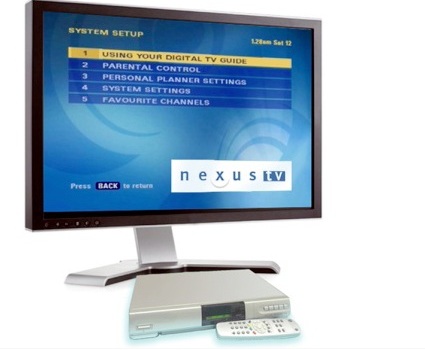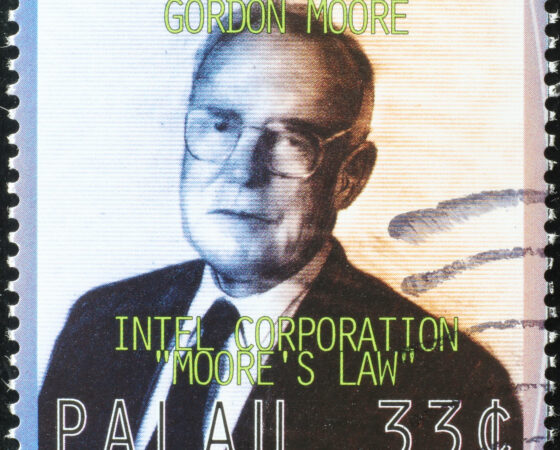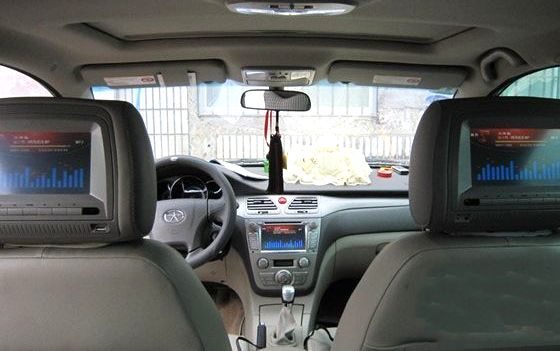Market research firm DisplaySearch defines a smart TV as one that “can retrieve content from the Internet without the restrictions of a portal, has intelligent search and recommendations, is upgradeable by its owner, and is able to network seamlessly with other devices in the home.” Will every home have one, and when?

The “next big thing” in consumer electronics (CE) could well be the “smart” or “connected” TV. A smart TV combines the functions you normally expect of a TV, such as the ability to receive cable and satellite programming, with Internet access. Viewers of smart TVs should be able to move seamlessly between all these content sources. With the Internet, viewers should be able to navigate websites just as they would on a PC, but using a remote, taking full advantage of “Web apps”, for streaming video services for example.
Market research firm DisplaySearch defines a smart TV as one that “can retrieve content from the Internet without the restrictions of a portal, has intelligent search and recommendations, is upgradeable by its owner, and is able to network seamlessly with other devices in the home.”
According to the DisplaySearch Q2′11 Quarterly TV Design and Features Report, in 2011 more than 25% of all flat-panel TVs shipped are expected to have some form of Internet connectivity. This number is forecast to grow to 138 million units in 2015, accounting for 47% of all flat-panel TVs shipped. Notes Paul Gray, DisplaySearch Director of TV Electronics Research, “We expect that in 2015, 35% of 46-inch or larger TVs in North America will be smart TVs.”
The bullish outlook at DisplaySearch is echoed by market analysis from Strategy Analytics, in its ‘Global Connected Consumer Electronics (CE) Devices Market Forecast’. According to the forecast, “Connected TVs represent one of the biggest growth opportunities over the next five years, as major vendors, such as Samsung, LG and Sony, push their smart TV initiatives. Global connected TV device revenues will total in excess of US$95 billion in 2015, representing more than one quarter of the overall connected device market.”
If DisplaySearch thinks that 47% of all flat-panel TVs shipped in 2015 will have Internet connectivity, for Strategy Analytics that figure is 67%: “Sixty-seven percent of all FPTV units sold in 2015 will be connected TVs. This represents a 38% CAGR over the next five years,” said Jia Wu, Senior Analyst in the Digital Consumer Practice.
Network access won’t simply be to the Internet. A DLNA-compliant TV, for example, will be able to communicate with other DLNA-compliant devices in the home, such as smartphones and tablets. WiFi Direct, enabling device-to-device wireless communication, could play a significant role. DisplaySearch forecasts that more than 98 million TV sets with 802.11 (WiFi) wireless networking built-in will ship in 2015. “WiFi technologies are the foundation of smart TVs,” comments Gray.
It’s possible that smart TVs will have broad consumer appeal since, like many consumer gadgets, they need only be as complicated as you want to make them. According to DisplaySearch’s Q1′11 Quarterly TV Design and Features Report, “Basic connected sets carrying enhanced broadcast services such as Hbb.TV or basic video on demand (such as Netflix, Maxdome, Acetrax or VUDU) will appeal to consumers who expect TV to remain a passive experience. For more adventurous consumers, the smart TV segment will enjoy configurable apps, sophisticated search and navigation engines, and advanced user interfaces.”






